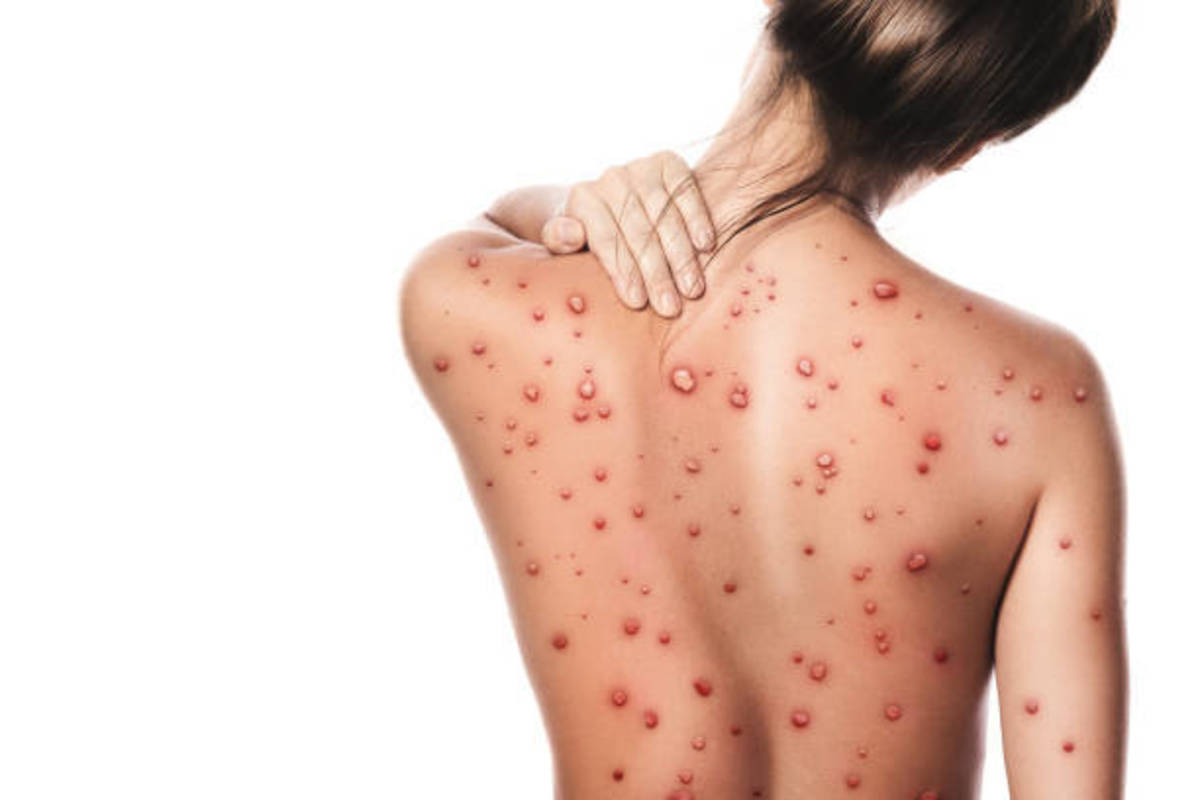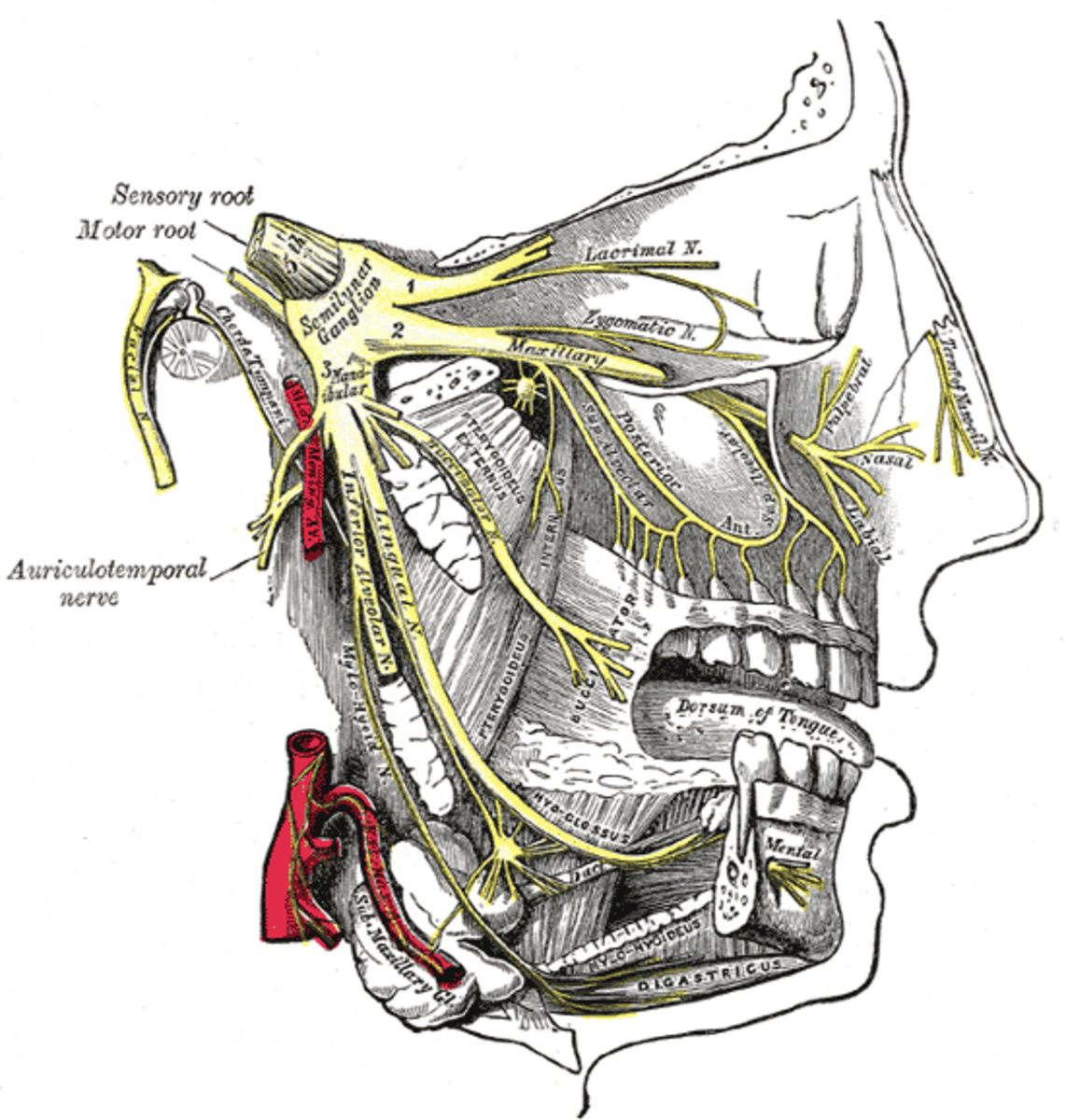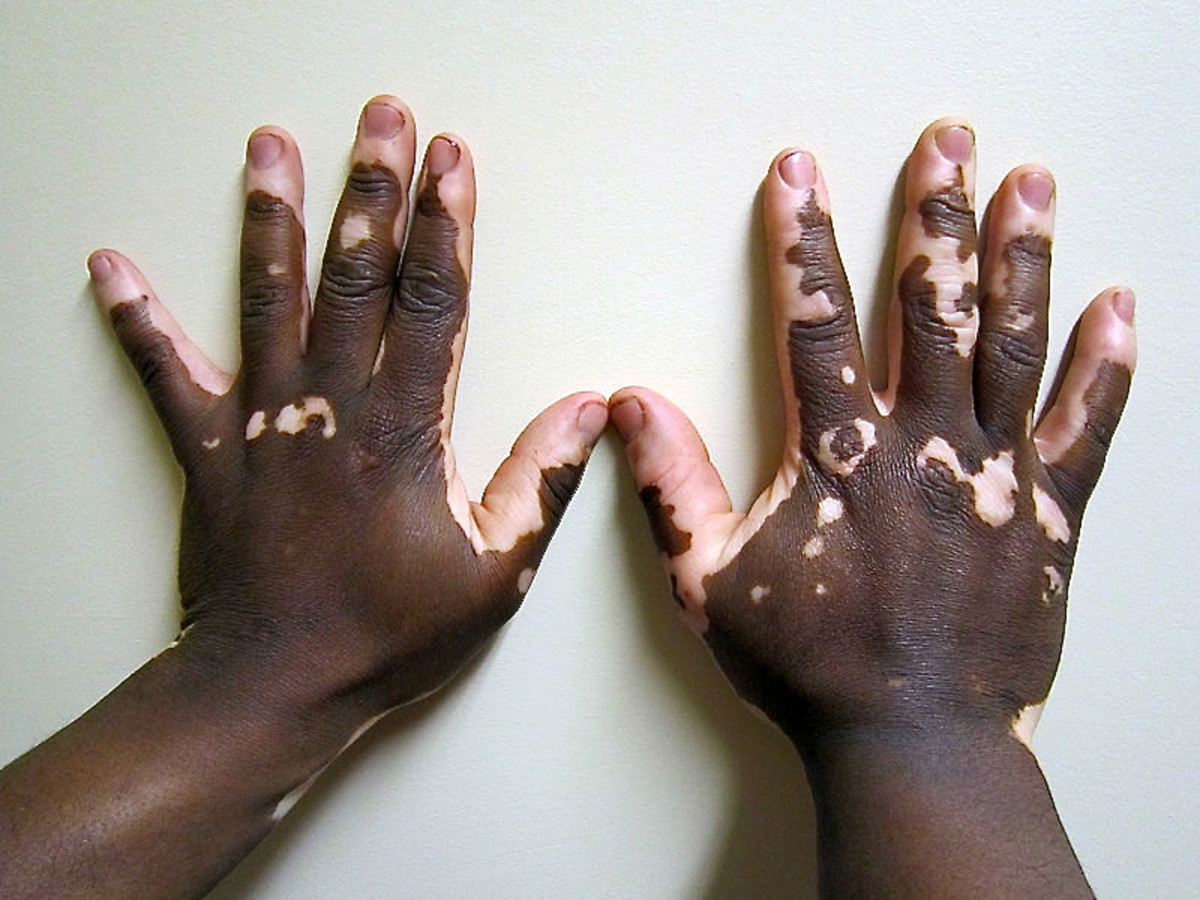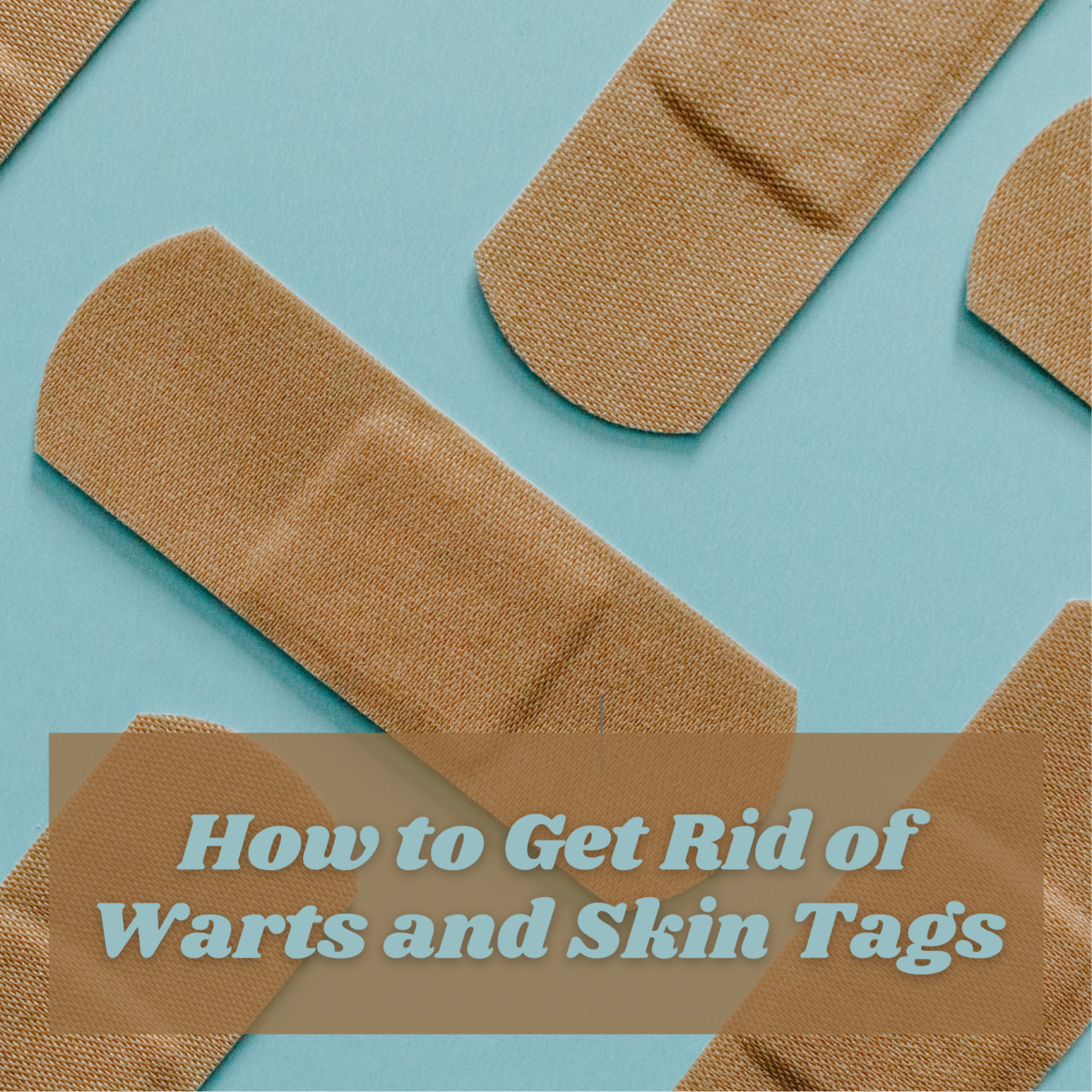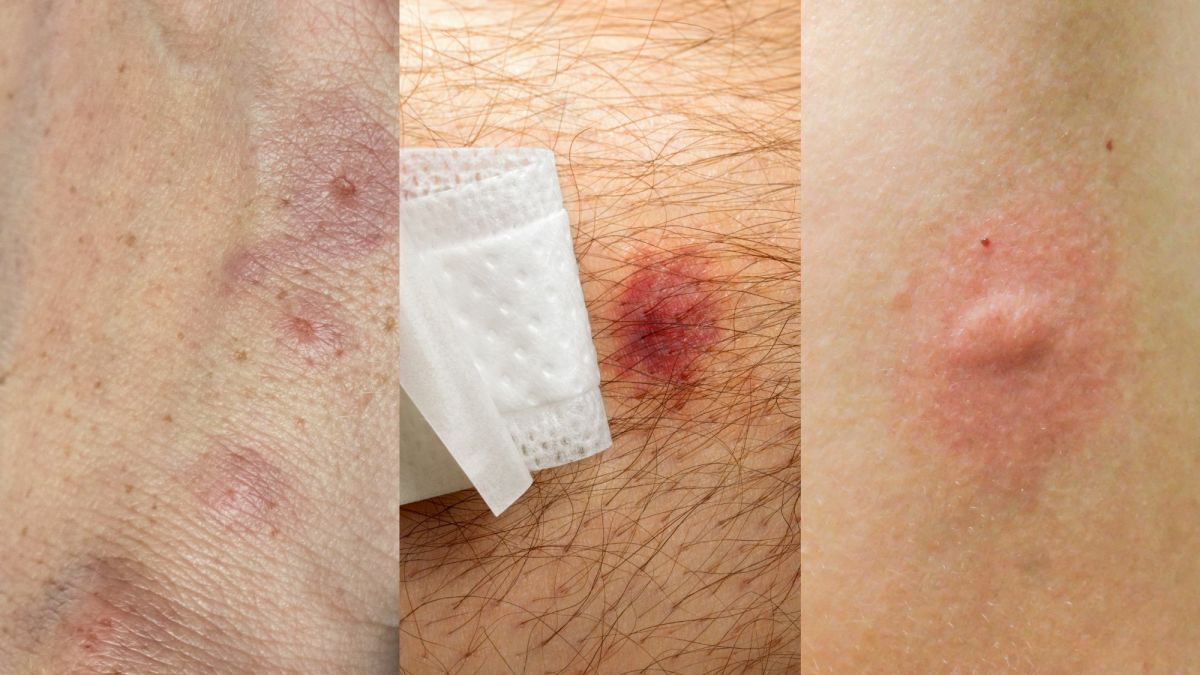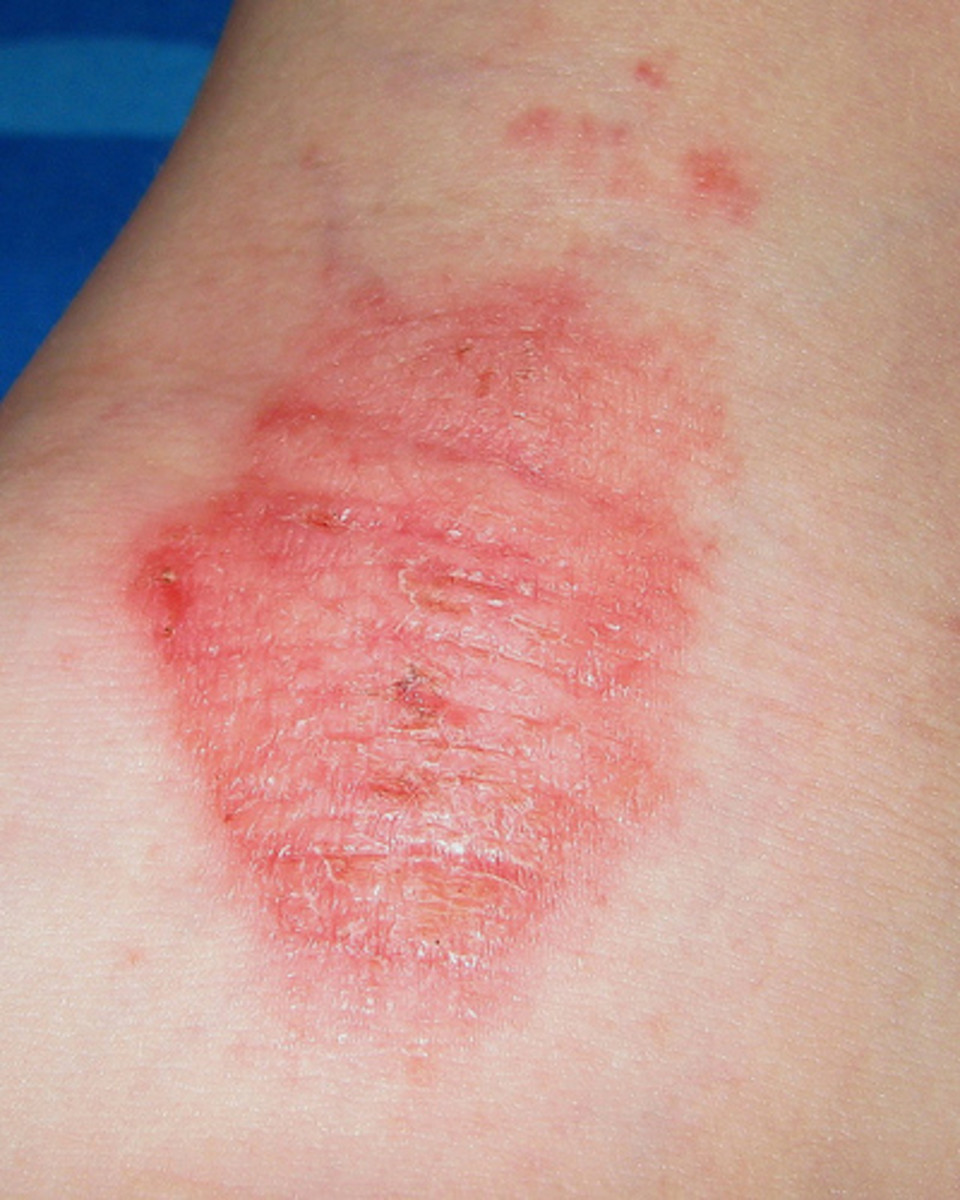What Is Postherpetic Neuralgia?
What is PHN?
Postherpetic neuralgia, or PHN, is a condition that occurs in small percentage of the population of sufferers of shingles. Shingles comes from the chicken pox virus, known as varicella zoster, and only those who have had an outbreak of chicken pox at some point in their lives can acquire it. The varicella zoster virus lays dormant within the nerve cells after the chicken pox lesions have healed. Immunocompromise, age, stress, and cancer are some of the known triggers of the virus later in life known as shingles. Shingles acts like chicken pox but is generally confined to one area of the body. Shingles lesions heal over just like the earlier chicken pox, generally taking a few weeks.
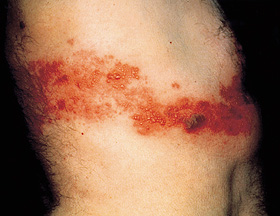
Is There Pain With Postherpetic Neuralgia?
The pain from shingles begins prior to the onset of the rash. After the lesions heal over, the pain generally begins to dissipate. Postherpetic neuralgia occurs when there is damage to the nerve fibers in the skin. Pain messages from the skin to the brain become scrambled, resulting in excruciating and often debilitating pain. PHN can last anywhere from months to years. While there are no laboratory or radiological studies that can help determine the presence of PHN, studies have found that the cerebrospinal fluid in PHN sufferers is abnormal over 60% of the time.
The pain from PHN is usually described as burning and sharp or as a
deep ache that cannot be controlled with over-the-counter remedies. Some
even have a sensitivity to light touch, even clothing. Less common
symptoms include itching, numbness, weakness, and paralysis of the
affected area. Every case is different.
Some Ideas for Organic Treatments
PHN Treatments and Prevention
Since there is no known cure for PHN, treatment is usually multiphasic and palliative. Topical analgesics such as lidocaine skin patches can be applied directly to the affected area for up to 12 hours at a time. These patches have proven effective for those with sharp, burning pain at the site as opposed to those with the deep aching pain. Over-the-counter capsaicin cream, made from hot chili peppers is used for milder cases. Tricyclic antidepressants, specifically nortriptyline and amitriptyline, when prescribed in small doses, can affect how pain is experienced by the body. Antiseizure medications can short circuit the electrical activity caused by the injured nerves. In extreme cases, opioids, such as morphine and Percocet are utilized.
Prevention with antivirals such as Famvir, given at the onset of shingles, has been shown to significantly decrease the likelihood of post-shingles PHN. The varicella zoster vaccine, Zostavax has also proven effective in preventing an attack of PHN, particularly in the over- 60 age group. Since this pain syndrome is not well understood, prevention should be the goal of the treatment when shingles is definitively identified. The impact to the quality of life can often be severe, causing untold grief to the sufferer.
Herbal Treatments for PHN
While there are some drug treatments to relieve the pain associated with Postherpetic Neuralgia (PHN), there are also many organic, or natural treatments that have been found to help. While each person responds differently to a treatment for their own unique conditions, here are some ideas for natural and organic herbal treatments for pain relief.
1. Rosemary - known for it's anti-inflammatory properties, Rosemary has been know to help alleviate the inflammation and pain associated with PHN. You can incorporate rosemary into your meals, or brew it in a tea to gain it's beneficial properties.
2. Ginger is known for great anti-inflammatory properties and can easily be incorporated into foods and also in tea. You can try some ginger syrup in your tea to add this great anti-inflammatory ingredient into your diet.
3. Using a high quality essential oil, such as lavender, can be a great topical aid in reducing the pain. You can find high quality, organic, essential oils online.
4. Your diet can be a big contributor to these flareups of PHN. Modify your diet with foods that are known to be lower in inflammatory properties. Eat more vegetables and natural food, and cut back on processed foods and soda.


